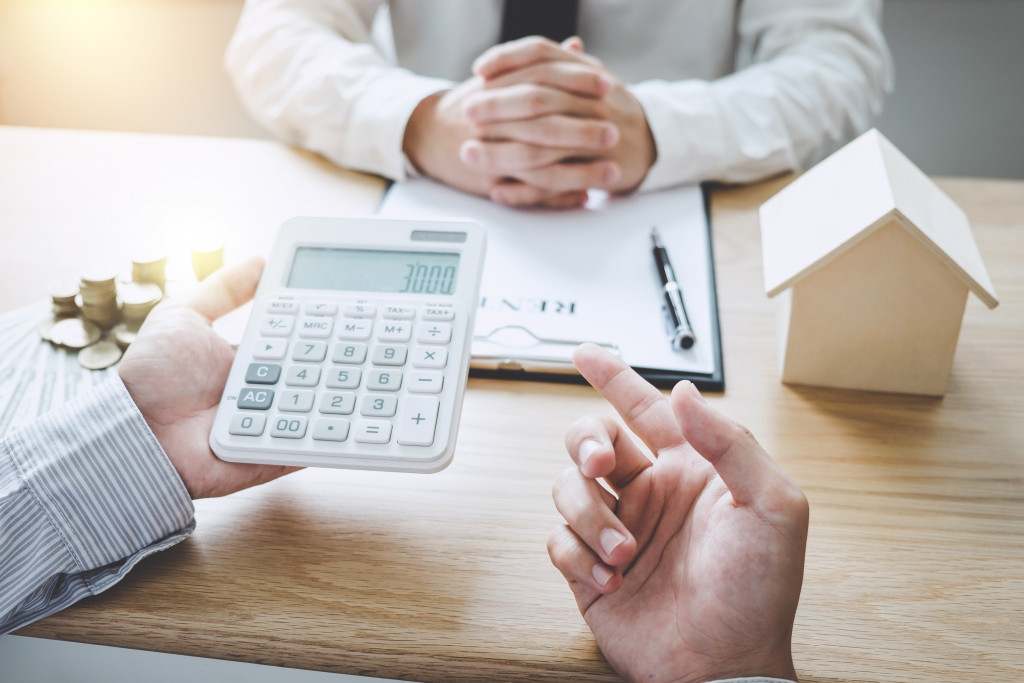- Proactively plan before home-buying to ensure you understand what you need, desire, and are financially ready.
- Assess needs and set goals to determine priorities and give realtors an understanding of what is wanted.
- Calculate budget and credit score to know how much can be spent and the best interest rates for a loan.
- Research market trends, pricing, neighborhood amenities, schools, and transportation to make informed decisions.
- View potential homes in-person to compare features, assess the size, visualize decorating possibilities, and engage with the neighborhood.
Buying a new home is an exciting journey but can be intimidating and overwhelming if unprepared. This is why proactive planning is crucial in making home-buying less daunting and more enjoyable. Preparing yourself beforehand assures you that you understand what you need, desire, and are financially ready to get the home of your dreams.
It’s easy to walk into a home-buying process and think everything will fall into place. However, the truth is that so many things are at stake in the home-buying process. You need to know what you want, how much you can afford, and what features and amenities meet your needs.
Failing to prepare yourself beforehand means walking into a situation where you might be overwhelmed and make regrettable decisions. In contrast, proactive planning involves setting goals, assessing your financial readiness, researching the market, and only buying what fits your budget.
Proactive planning gives you a detailed understanding of the housing market and what you need to get your dream house.
Assessing Your Needs and Setting Goals
Before embarking on the home-buying process, assessing your needs and setting goals is essential. You need to ask yourself what you want in a home and which features are necessary for your lifestyle.
Are you a large family looking for extra space or a young professional looking for a cozy apartment? Having a list of your needs and goals helps you map out your priorities and gives your realtor a better understanding of what you want, making the search process more comfortable.
Determining Your Budget and Financial Readiness
You can’t buy a home without knowing how much you can afford. Experts recommend setting a budget limiting your monthly mortgage payment to 30% of your net income. Calculating your budget helps you avoid looking at properties that you can’t afford.
You’ll also need to consider closing costs, property taxes, and moving costs. You’ll also need a good credit score to get better interest rates.
Defining Your Desired Location, Size, and Features of the New Home
It’s also crucial to have an idea of where you’d like your home to be— think about which neighborhoods would suit your needs, whether you need a yard, the proximity of schools, hospitals, shopping centers, and public transportation.
It is also important to consider the size of the home and its essential features, such as the number of bedrooms, bathrooms, or a garage.
Setting Realistic Goals for the Home Buying Process
It’s essential to understand that you may need to make sacrifices when buying a home. While you should strive to find the perfect home that ticks all the boxes on your list, you may have to compromise on certain features. Ensure that you have realistic goals when going into the home-buying process.

Researching the Market and Gathering Information
Gathering information about the housing market is crucial when making a purchase. Your research should extend beyond the type of home you’re looking for and include your chosen neighborhood’s current market trends, pricing, and prospects.
Research helps you avoid rash decisions and prepares you to choose your perfect home wisely.
Conducting Thorough Market Research
There are online tools such as real estate websites, local newspapers, and social media pages that can provide insight into current market prices and trends. Research allows you to identify the best deals available and avoid being overcharged.
Exploring Different Neighborhoods and Their Amenities
When choosing a neighborhood, consider amenities such as parks, public transportation, and schools. Check out community events and happenings as well. After all, you’ll live in the neighborhood, not just the house.
Seeking Information About Local Schools, Transportation, and Other Relevant Factors
Check with local school boards to see how the schools in the area rank. When choosing a neighborhood, you may also have to consider the distance from work and public transportation.
Asking for information from local authorities or real estate agents can save time and help you make informed decisions.
Explore New Homes on a Tour
One of the best ways to start the home-buying process is to explore new homes on a tour. Many communities offer a tour of their model homes, and it is an excellent opportunity to explore different styles, layouts, and amenities. Keeping an open mind and identifying what matters the most to you is essential.
Here are some of the benefits of exploring new homes on tour:
Visual Assessment
Viewing homes in person lets you see what works and what doesn’t. You can better understand each room’s size, the appliances’ quality, and the home’s layout. You can also start visualizing how you’d decorate each space and identify if there are any necessary renovations or upgrades.
Walking through a potential home can help you decide what features are essential and which ones you can compromise.
Comparative Analysis
When touring multiple homes, you can compare and contrast the different properties. Making a comparison checklist to record your likes and dislikes can help you make an informed decision.
You may find that specific properties have more significant advantages than others or, in contrast, discover hidden faults that you may have missed upon initial inspection.
Engaging with the Neighborhood
An essential aspect of purchasing a new home is the property’s location. Taking the time to tour new homes will allow you to interact with the neighborhood better. You can run or walk around the block, test out the commute time to work, or drive around the area to get a feel for local parks, schools, and amenities.
An idea of the surrounding area can help ensure the location fits your lifestyle and expectations.

There are many factors that you need to consider when buying a home. However, proactive planning can make the home-buying process more enjoyable.
Some of the moving parts of proactive planning are assessing your needs and setting goals, determining your budget and financial readiness, defining your desired location size and features of the new home, and setting realistic goals.
Moreover, researching the market and gathering information, exploring different neighborhoods and their amenities, and seeking information about local schools, transportation, and other relevant factors is a crucial parts of proactive planning.

